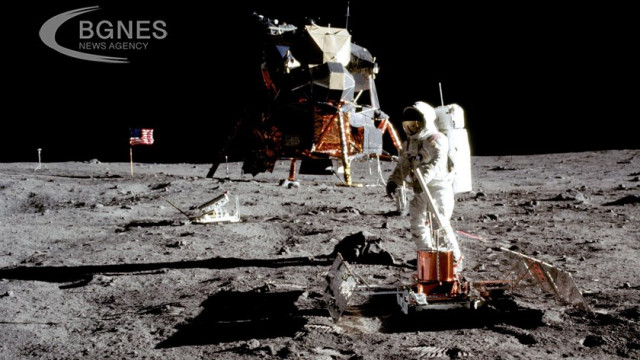Astronomers are calling for urgent protection of sites on the Moon that are judged to be the best places in the solar system for advanced instruments designed to unlock the secrets of the universe.
The best spots are free from Earth vibrations, protected from Earth's noisy signals, or very cold - making them highly suitable for sensitive equipment that can make them convenient for observations impossible from other locations.
But the pristine sites, known as Sites of Outstanding Scientific Significance (Sesis), are at risk of destruction from an impending wave of missions such as lunar navigation and communications satellites, rovers and mining operations, with experts warning that protecting the precious places is a "matter of urgency".
"For the first time, humanity has to decide how it's going to expand into the solar system," said Dr. Martin Elvis, an astronomer at the Harvard-Smithsonian Center for Astrophysics in Massachusetts. "We are in danger of losing the only opportunities we have ever had to understand the universe."
By the end of 2026, at least 22 international missions are expected to land on the moon, half of which will target objects near the lunar south pole. More will follow, including commercial and civilian landers, and two lunar bases - American, Chinese and Russian - are expected to be operational after the 2030s.
Without a coordinating body, there's nothing to prevent future collisions on the moon, researchers say. Risks range from physical collisions and dust clouds kicked up by lunar activities to vibrations, electromagnetic interference, and damage to objects from drilling and other operations.
Two decades ago, the prospect of conducting astronomical research from the moon was little more than a dream, but now researchers have firm plans for instruments, some of which could be installed on the lunar surface by the end of the decade. These include optical, infrared, X-ray and radio telescopes, particle detectors to study the solar wind and cosmic rays, and gravitational wave detectors that sense the subtle oscillations in space and time when black holes and neutron stars collide. / BGNES




 24 06 2024.webp)

